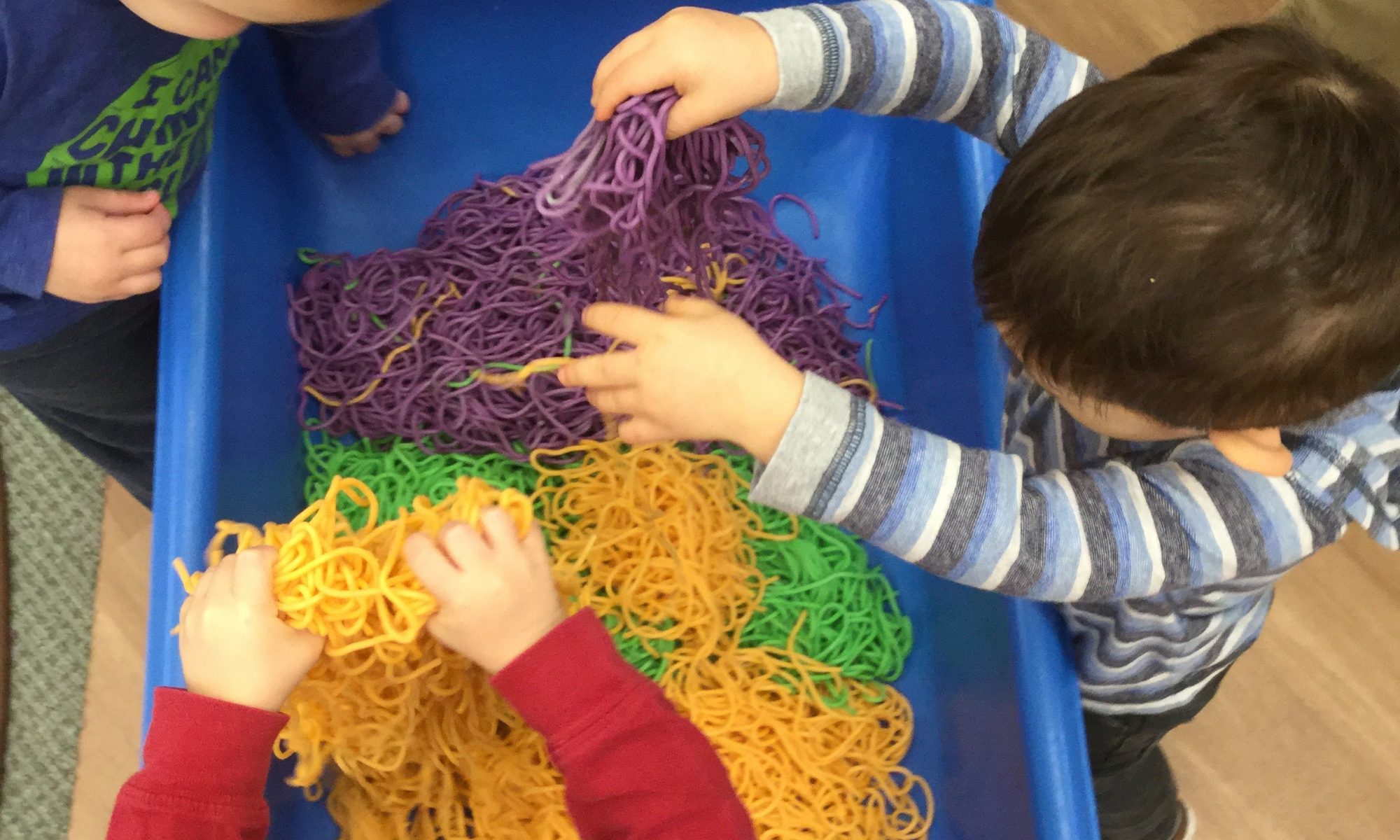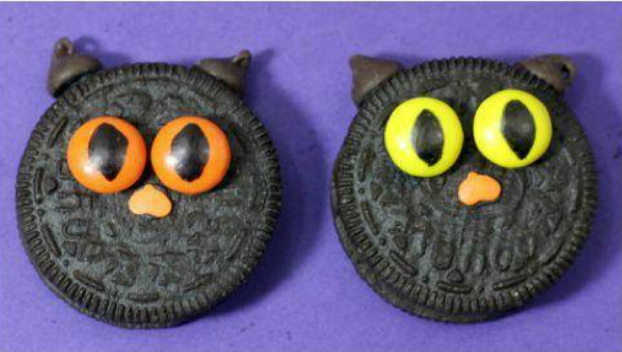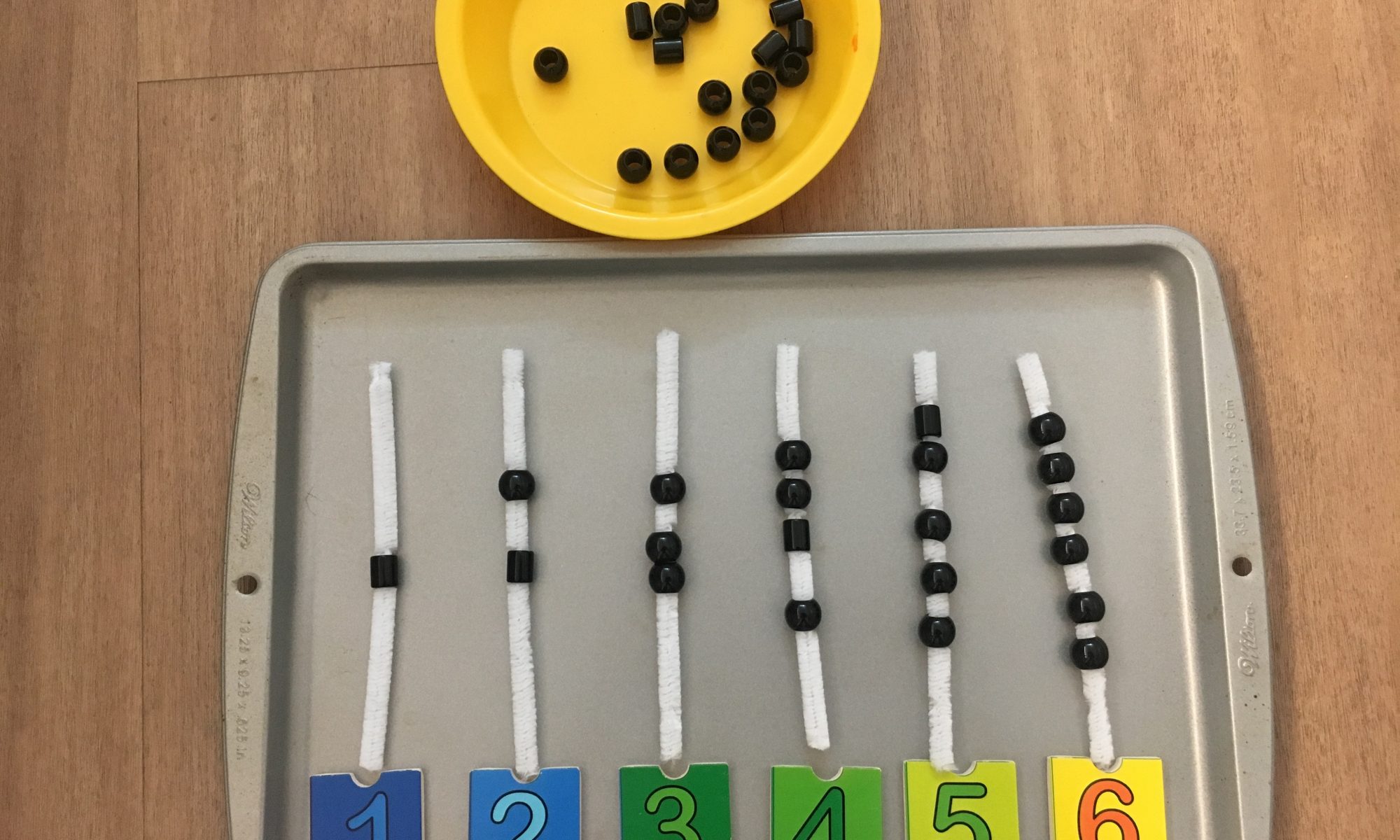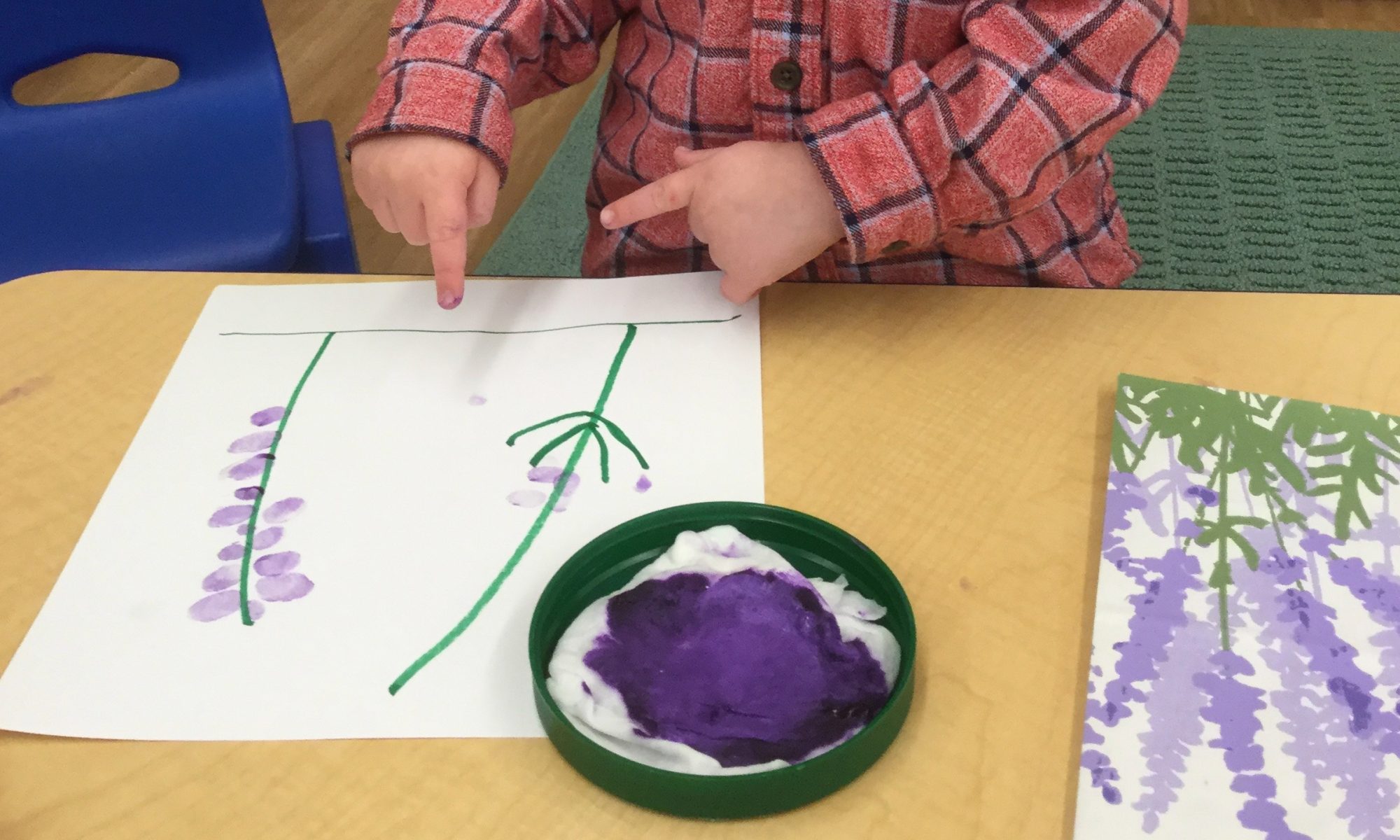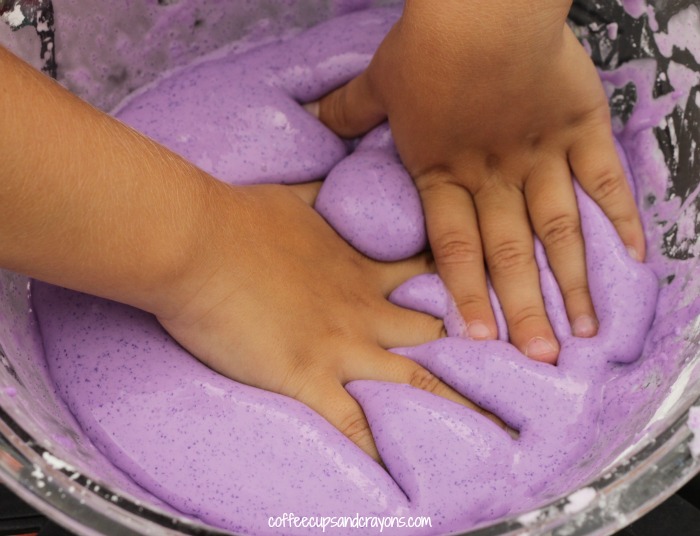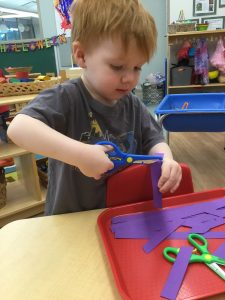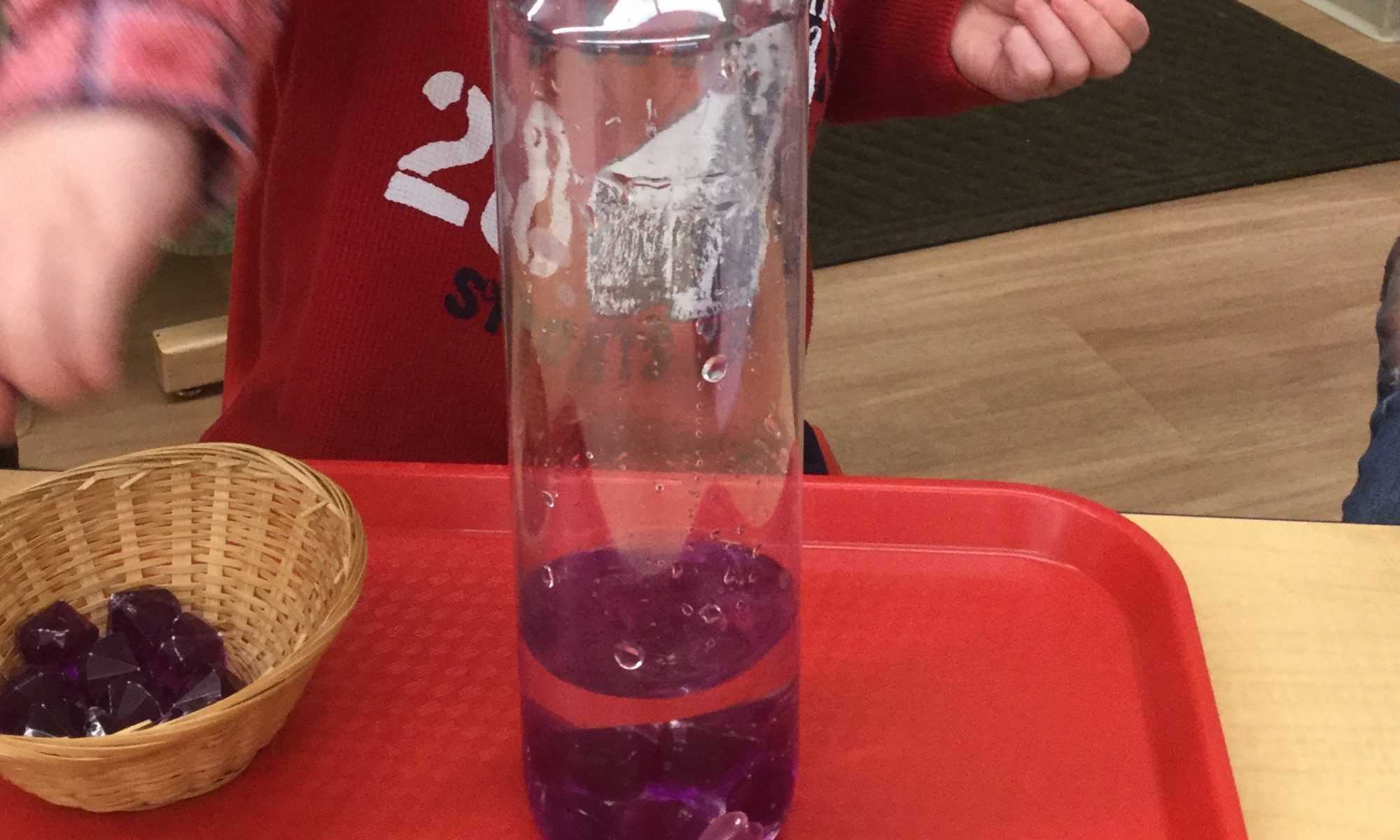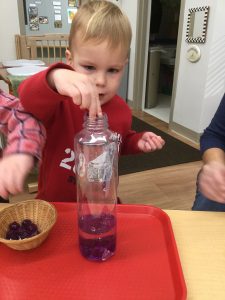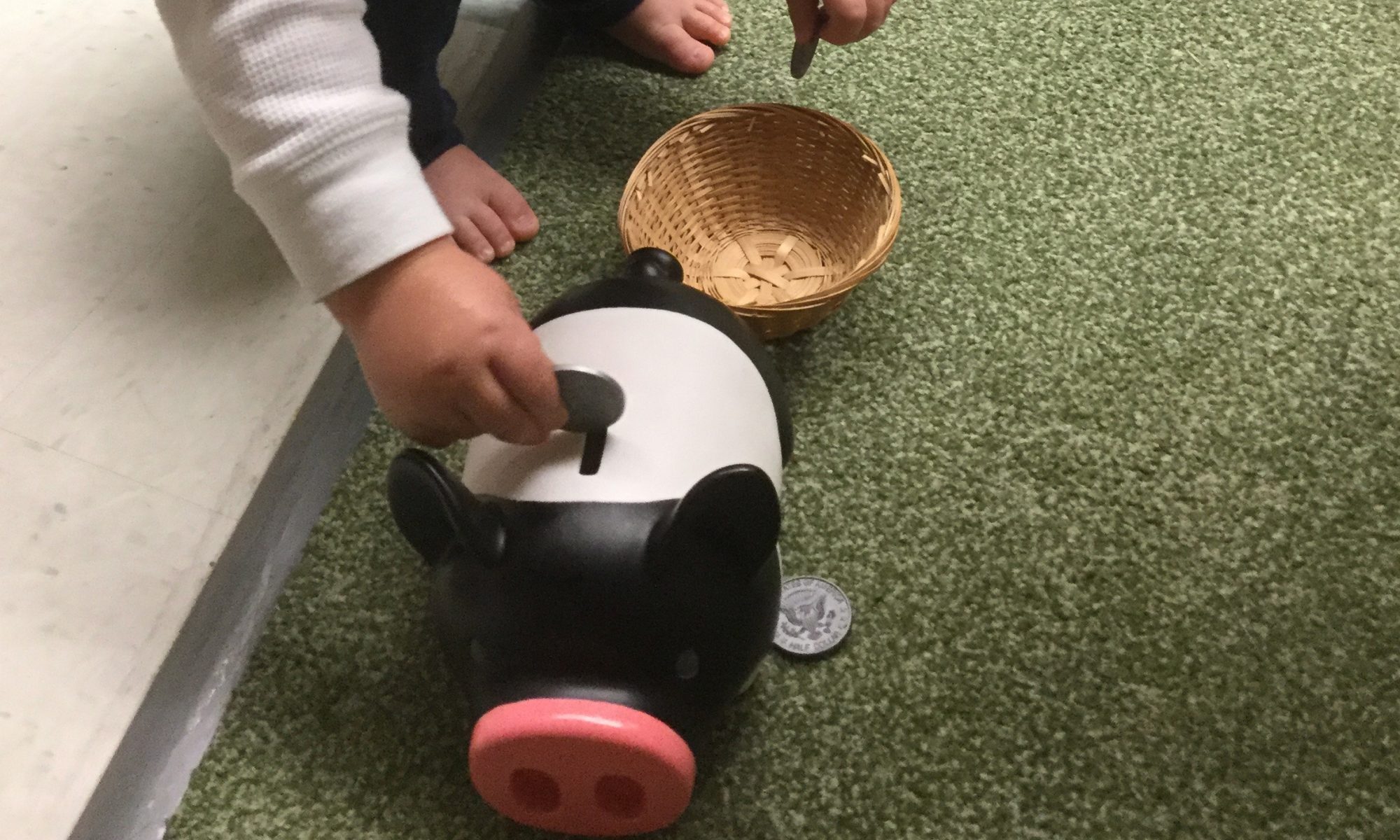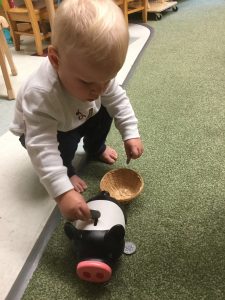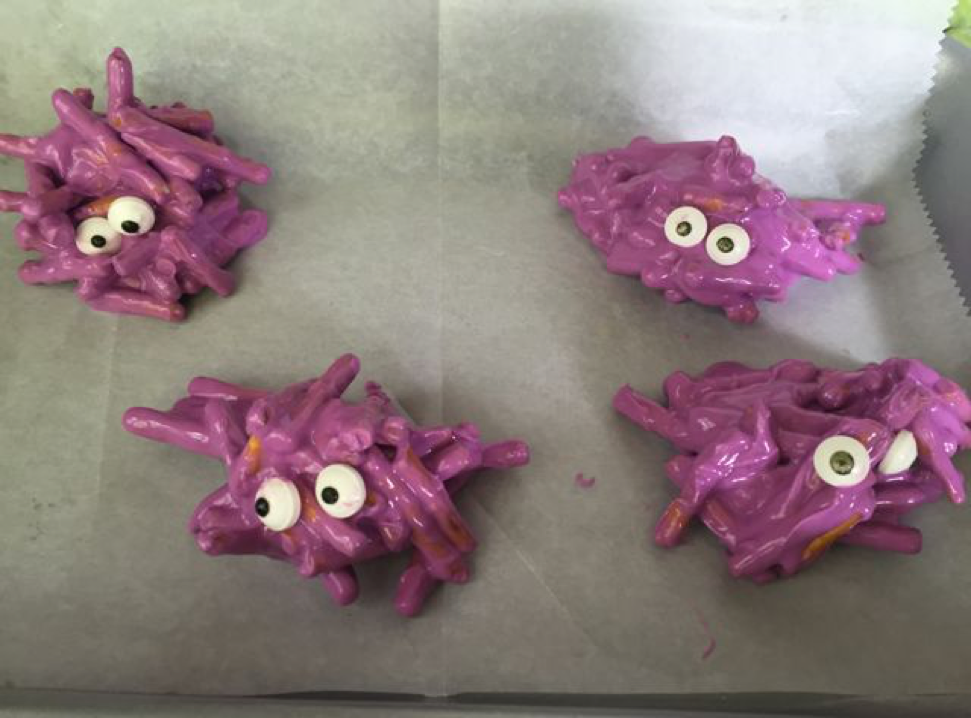How do children get started on a lifetime love of reading and books? It is easy to imagine some possible beginnings:
- Before bed, a small, warm person cuddles in Dad’s lap while he reads Goodnight Moon.
- After nursing her new infant, a mom takes out A Child’s Garden of Verses by Robert Louis Stevenson and reads or sings the rhymes while the child watches her face.
- A fast-moving toddler takes a break to “speed read” Pat the Bunny with her grandpa, turning the pages faster than grandpa can keep up.
- A big sister sits the baby on her lap and points to pictures one-by-one in a well-chewed plastic “bathtub” book, naming each as she turns the pages: “ball, duck, light, cow.”
What do all these scenes have in common? They each contain a young child and a caring relative. And for years to come, that is the combination that nurtures the unfolding love of books.
Why read to children?
When Gina found out she was expecting a baby, she went to the bookstore. She had seen books at her friends’ homes and had always anticipated the joy of having her own child. She loved art and was anxious to find books she and her baby could share together. The books she found made her heart sing, they were so beautiful. And when she found an artist she enjoyed, she bought more of his or her work, enjoying the variety of expression. When the baby was due, she packed her favorite choices in her bag for the hospital. After the birth, Gina read to little Annie when she was less than a week new. And their shared love of books and art has continued.
There are many reasons to read to children, but the main reason is how much they love it. Even before teachers have a chance to work with children, parents and other loved ones teach an appreciation for books through shared reading aloud time with children:
- When you hold [your children] and give them this attention, they know you love them.
- Reading to children will encourage them to become readers
- Children’s books today are so good that they are fun even for adults.
- Illustrations in children’s books often rank with the best, giving children a lifelong feeling for good art.
- Books are one way of passing on your moral values to children. Readers know how to put themselves in another’s shoes;
What do I read?
Choosing books to read is an individual decision. When Erin was little, her mother, Shelly, discovered a children’s book-of-the-month club. Gradually her library grew with a variety of books that delighted Erin and her mom. As Erin began talking, she memorized her favorite books and could “read” to her mom as well as having books read to her. She sat in her own chair and enjoyed the pictures by herself. Often throughout the day, they took time to read books together. When a child is too young to have a reading preference, a parent can choose any reading material to share with the baby. Later the child takes the lead as new interests and curiosity develop. Recommendations from friends and attractive selections found in book stores, libraries, and catalogs are all good sources for books. Often, interest will be diverse from an early age. In one family, the first child had a sustained interest in people and faces, but the next child was absolutely fascinated by machines and how things work. The third child was enthralled by a variety of humorous situations and loved finding items hidden in the picture.
Books containing language with rhyme, rhythm, and colorful illustrations are often favorites. It is helpful to gear the reading time to the interest of the child. During the time when a child is focused on language and less interested in toys, often between 12 and 17 months, reading can take on the added significance of learning and acquiring communication skills.
Why do I read to little ones?
Reading is a wonderful shared experience and can provide a delightful activity for parents of babies and young children. The trick is not to feel funny about reading aloud before the baby seems to understand what’s going on. Then, when the child gets older, the trick is how to slip in some new books in addition to the one you’ve already read 20 times in the same day.
Think back to your own favorite reading times when you were a child. What do you remember? Were there relaxed afternoons in a soft chair or quiet times with mom or dad on a hot summer day? What made you choose a certain book as your favorite? Did you read it again and again until it languished, well-worn, on your bookshelf? Then ask, what memories would I like my child to have?
Sometimes babies will have favorite books even before they can walk, but this is more common after they are walking. They will repeatedly choose the same book to hold, look at, or bring to their care giver. When toddlers get hooked on books, they frequently bring them to their parents throughout the day, and if the parent is sitting on the floor, they will back into the waiting lap. A toddler may not stay to hear a whole book, but will toddle off, and then come back later for more.
Favorite topics of books at first are 1) familiar objects. Babies like relating the pictured object to the real object. 2) animals. Children frequently learn to make the animal sound before being able say the animal’s name. 3) books showing babies’ and children’s faces.
When children can say a number of words, they often have favorite subjects such as cars and trucks, airplanes, or babies. Books on these subjects will be of interest. Then, around two, simple stories will delight the child. Parents will be asked to read the same book over and over. Eventually, another book will catch the interest.
Books are a wonderful connection between parents and children. Bringing books into your children’s lives will bless them, and you as well. Sharing books with a child can be a special time of closeness, and reading will follow naturally for children who have befriended books from infancy. Shared interest and love can continue on into later years and provide a lifetime of enrichment.

